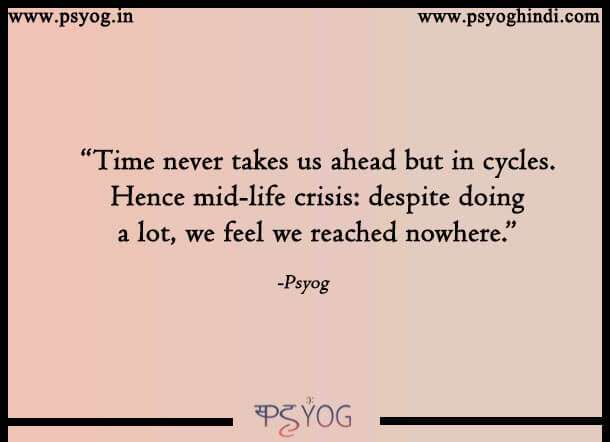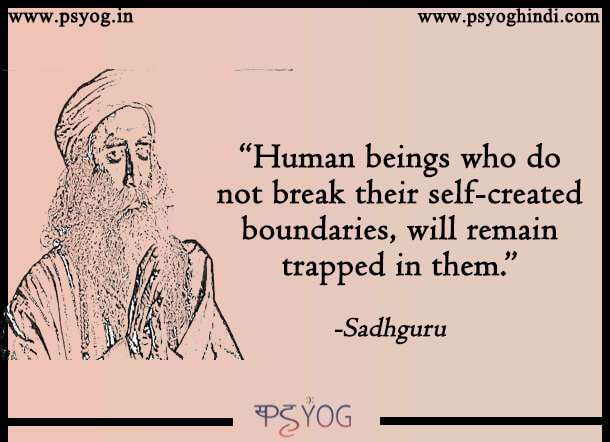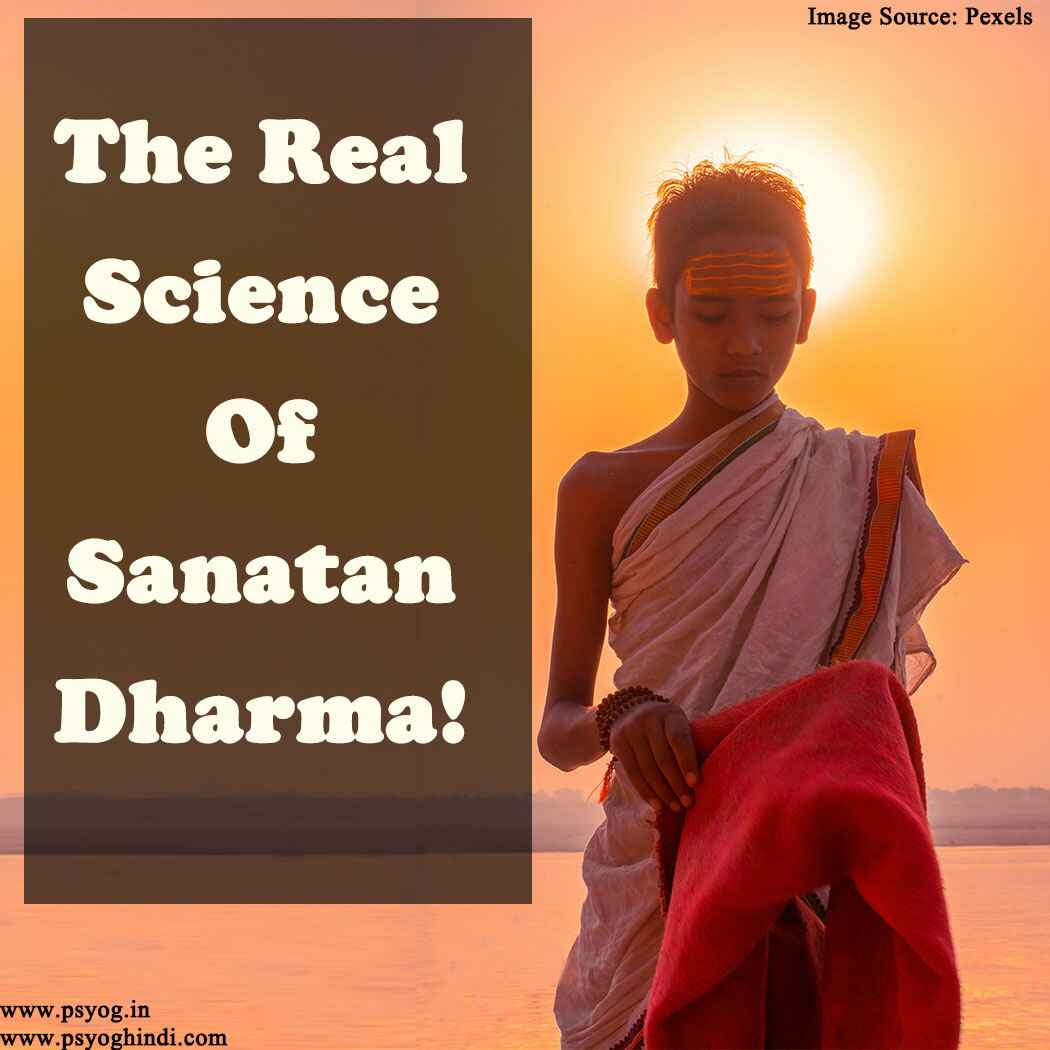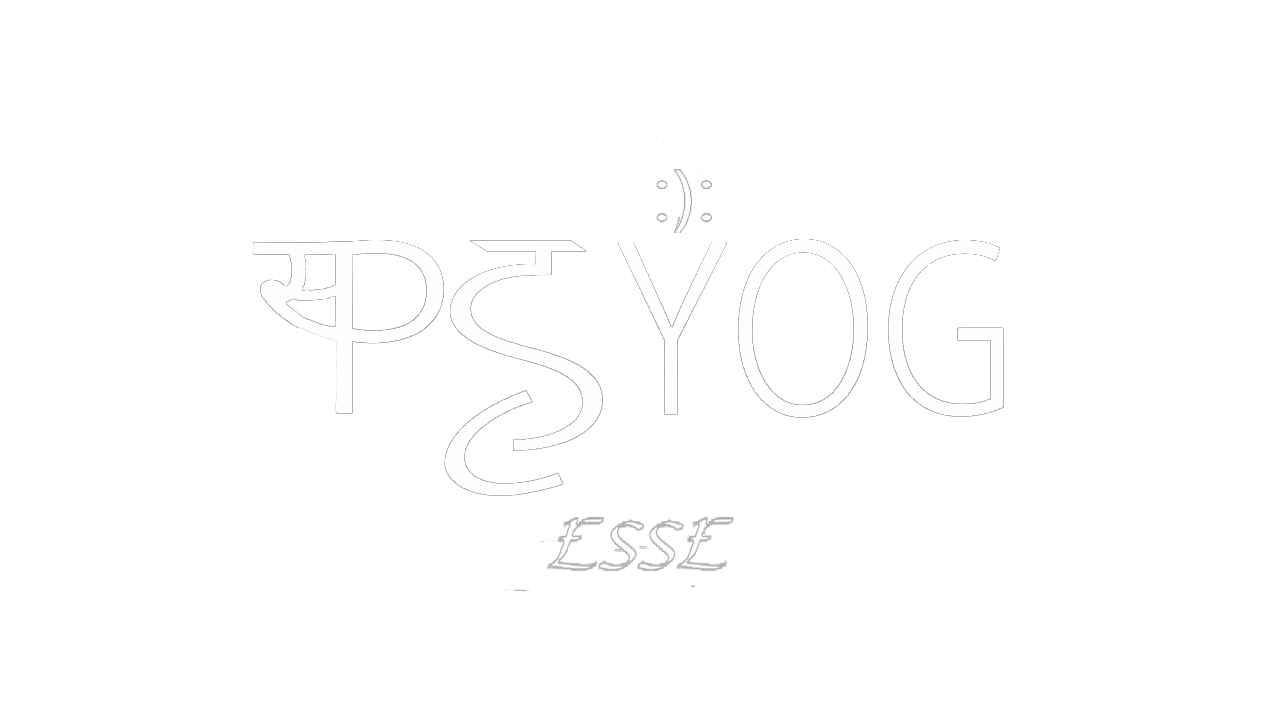Sanatana Dharma
Sanatana Dharma: Don't Talk About, But Create Heaven
Sanatana Dharma, is the foundation of not only Hinduism, but Bharat, and evolution. Sanatana Dharma is not a religion or belief system. Rather, it is a way for people to understand their limited nature, so they can shed of their limitations, and merge with the absolute. It is a science of evolution, which encourages humans to go beyond the physical laws of time-space, or simply, physical life. In this article, we are going we are going to understand the principles of Sanatana Dharma, scientifically. As we all know, the most important pillar of Sanatana Dharma is Moksha. Moksha is a supreme state which gets us freedom from the life-death cycle. However, to understand this, we need to first understand what keeps us away from Moksha: The sense of “I.” (Read: 5 beliefs of Hinduism)
Information
To begin with, let us understand how we are limited by information, and how it entraps us. What we call “I,” or our personality, is simply collection of information. For this reason, we cannot even define ourselves, without referring to information. This information comes from various sources, like DNA, genes, or what we gather from our five senses. This works like a software, a blueprint, which gives us a well defined physical, and psychological form, and controls everything about us. From the way we look, walk, talk, act, it controls everything, making us distinct individuals. For example, out of 100 people, you can easily spot your friend, because of his distinct walk. This is because of the software of information.
Sanatana Dharma, teaches us that how can we go beyond human limitations by transcending information. As you will read further, you will learn why Sanatana Dharma emphasizes on Moksha. Now that we have understood information, let us understand karma. (Read: Prayer Of Gratitude)

Karma
Karma is gives a lot of importance in Sanatana Dharma. Karma means action and the residual it leaves on our system. Every thought we create or action we take, leave an imprint on our system in some way or the other. These imprints are the information that we understood above. Hence, it can be said, that our past actions, left their impact on us, and were the result of our current personality. Our past deeds, especially desires, leave their mark on us, and depending on that, we get to experience our future lives.
As human, we all long to make our experience more pleasurable and desires are a result of that longing. However, many of us are left discontent after we realize our desires. We do get a spike of joy for a few days, but then things get monotonous, isn’t it? Sanatana Dharma emphases only on Moskha, as that is the highest desire one can have. To know this why, we need to understand the nature of time. (Read: Science Of Sanatan Dharma)
Time
Our physical bodies and mind, are completely time bound and are at the mercy of time. That is why we say “his time was over” when someone dies, “he is having a good time” when things are smooth, or “time heals” when things get tough. Further, time is cyclical and repetitive, hence is the cause of repetitive and compulsive thoughts within us which many of us suffer. When we say we are time bound, essentially we say that the planetary movements control us. This can be proven by observed in menstrual cycles of women, connected with the moon cycles of 28 days. Hence, it is time, or planets, that keep triggering our thoughts and actions, keeping us stuck to our past karma.
This is where devotion comes in Sanatana Dharma, which means being “devoid” of oneself . When you lose yourself in the love for the divine, you lose trap of information, your past karma. This art of devotion makes us a blank slate, where we can rewrite our life. However, we should know that time is cyclical and ensures that we never move ahead. This is the reason of lid-life crisis, wherein e despite doing a lot, people feel they reached nowhere. Now that we have understood that trap of time, let us understand boundaries.

Territorial
Everything physical, including our bodies, is encapsulated in a boundary. Without boundary, we cannot have a physical form, but would be all over the place. Boundary also has a connection with information. Like, people who we identify are in our boundaries, the rest are strangers. This boundary, or separateness, is the cause of all negative in the world and me vs you attitude.
Nonetheless, like we understood, that our desires, never truly satisfy us, the reason for that time time, and boundaries. Yes, to experience situations, that we come with time, we need to have a physical body. And being in a physical body, we remain trapped in boundaries.

There is an intelligence within us, which doesn’t like boundaries, but wants to become boundless. Or, it does not want to come back to earth, in a physical body. Most of us never understand this desire, hence keep running confused. This is what Moksha in Sanatana Dharma is, but how to work for it?
The only way is to understand our limited nature, so we work upon getting freedom from the “I,” thought. When we work to lose ourselves, we get freedom from the hold of karma and reach a space of nothingness. In this space, we get the highest experience of being human, that exists beyond boundaries. We truly become boundless, and see the same life principle working in every human. This gives rise to humans qualities like non-violence, compassion and so on. (Read: Mind Control As Per Bhagavad Gita)
Conclusion
Hence, it can be concluded that Sanatana Dharma is not a belief system, but a way of seeking. It is a science of destroying our boundaries, and the source of them. It is a science of taking human race to its highest experience, which happens beyond space, boundaries, time, and information. Sanatana Dharma is a gift from Bharat to the rest of the world, and we should ensure that it spreads!
FAQs
In Sanatana Dharma, Dharma Karma refers to the concept of duty or righteous action. Dharma encompasses the moral, ethical, and social responsibilities that an individual must uphold in their life. It is the duty to act in accordance with the laws of nature and society, fulfilling one’s obligations without attachment to the results. Karma, on the other hand, refers to the law of cause and effect, where every action has consequences. Together, Dharma Karma emphasizes the importance of performing one’s duties in a righteous manner, understanding that actions have consequences that impact one’s present and future experiences.
Sanatana Dharma is often considered the best because of its holistic approach to life and existence. It provides a comprehensive framework for understanding the universe, human nature, and the ultimate purpose of life. Sanatana Dharma offers timeless wisdom and practices that promote spiritual growth, ethical living, and harmony with the universe. It is not limited to a specific set of beliefs or rituals but encompasses a way of life that is adaptable to different cultures and times. Additionally, Sanatana Dharma emphasizes the unity of all beings and the interconnectedness of life, promoting a sense of universal brotherhood and compassion.
The truth of Sanatana Dharma lies in its fundamental principles, which transcend time and space. At its core, Sanatana Dharma teaches that the ultimate goal of human life is to realize the true nature of the self and achieve liberation from the cycle of birth and death. It emphasizes the importance of living a life of righteousness, selflessness, and devotion to higher principles. The truth of Sanatana Dharma is not based on blind faith or dogma but on personal experience and realization. It encourages individuals to seek the truth for themselves through self-inquiry, meditation, and spiritual practice.



